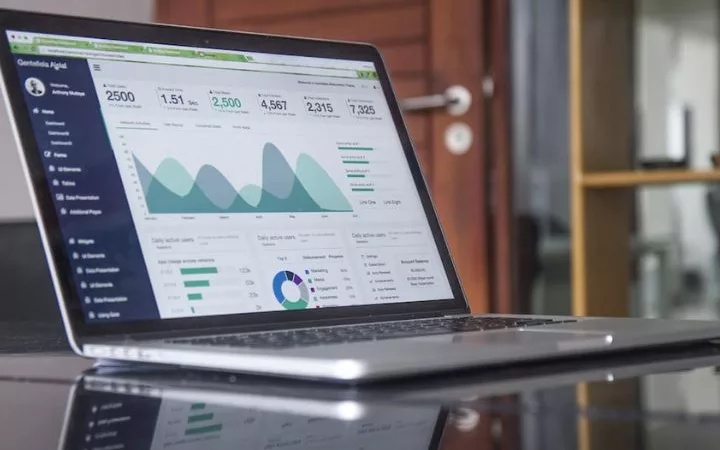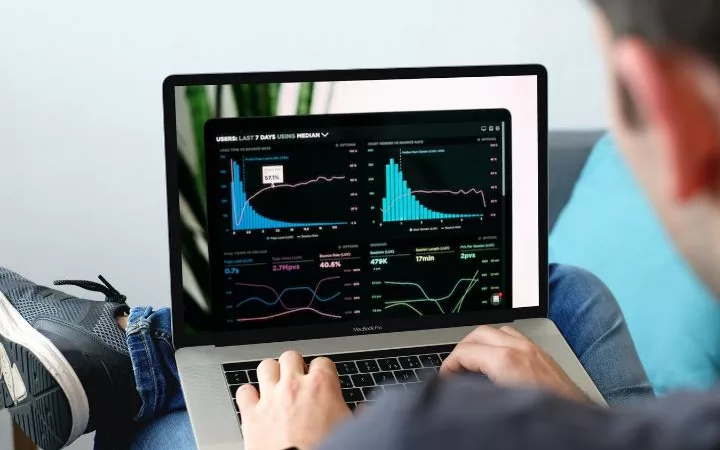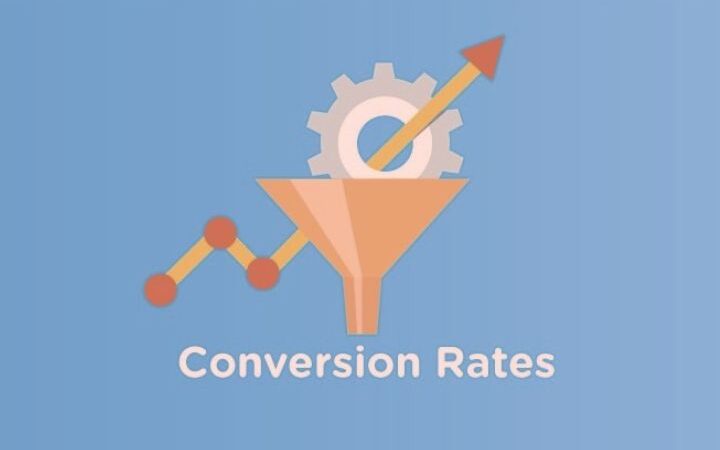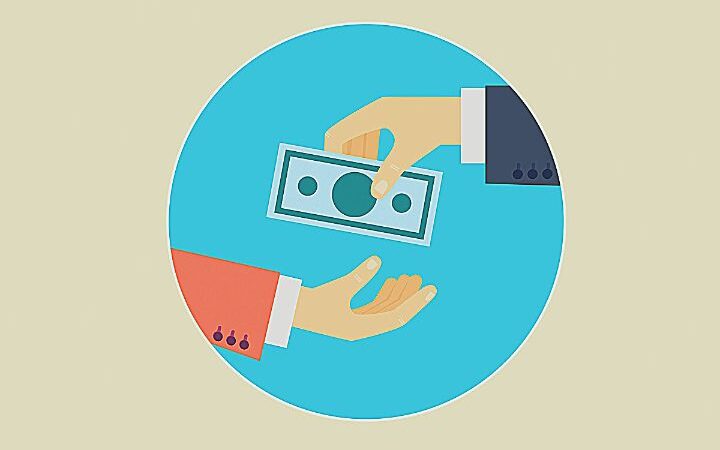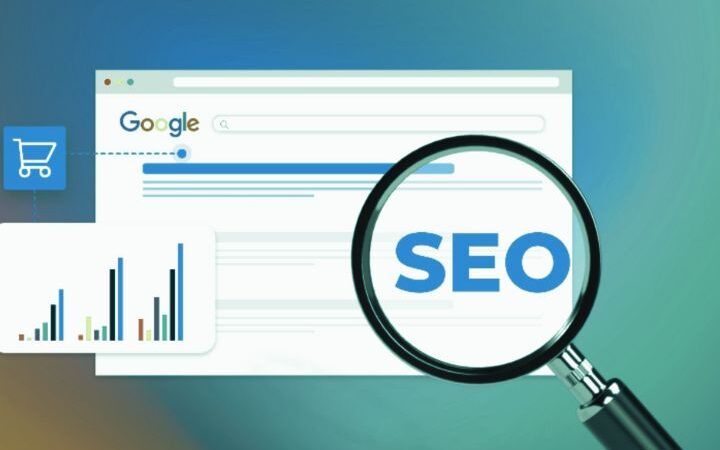Exchange Traded Funds (ETFs) – Definition, Working And Types Of ETFs
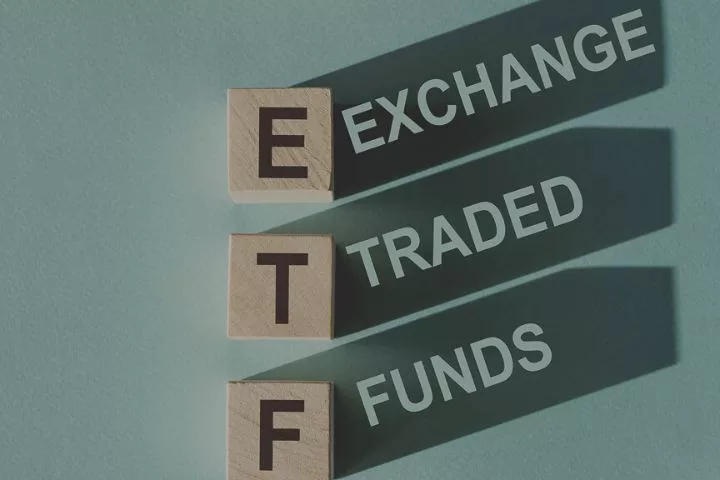
Exchange-traded funds (ETFs) help you to build long-term assets with shares – easily and cheaply.
With Exchange Traded Funds (ETFs) – Definition, Working, you can be on the stock market easily and cheaply and build long-term assets. All you need is a cheap deposit and the following basics.
What are Exchange-traded funds (ETFs) , and how do they work?
An ETF is a replica of a stock market index: In the simplest case, a fund company takes your money and that of other investors and buys all the securities included in the index. It is usually stocks or bonds.
Investors invest “in the market”
A stock index often summarizes those companies worth the most on the stock exchange – i.e., whose stock market price multiplied by the number of shares results in the largest amount (stock market value).
At the same time, these are the companies most popular with the broad masses of investors. It is, therefore, also said that a stock index “represents the market.”
An ETF aims to match the same return that the index is producing. An ETF does not try to be smarter and better than the broad masses of investors by selecting individual stocks. With an ETF, you can easily and cheaply participate in the market and follow the majority.
Which stocks end up in the index is checked several times a year. If the composition of the index changes, the ETF also improves.
ETFs are unbeatably cheap.
This strategy gives ETFs a major advantage: They cost significantly less than funds where a fund manager selects stocks individually (so-called active funds). You pay substantially less or no commission for ETFs’ brokerage (purchase).
In the best-case scenario, the running costs are only one-seventh of the expenses of active funds. In the ETF, more of the actual performance is retained from the outset.
Cost differences between active and passive funds
Various studies have shown that few actively managed funds outperform the general public in the long term, even after deducting all costs.
This is another reason Finanztip recommends passively investing in Exchange Traded Funds when investing in shares.
If you would like to read more about how the individual costs of ETFs are made up, please read the Costs section below.
How an Exchange-traded funds (ETFs) works: Different types
Index funds approach the task of replicating a stock index in different ways. There are two different types of ETFs. How investors participate in company profits ( dividends ) can also differ.
Physical ETF – If an ETF buys the securities (stocks) in the index, experts speak of a physically replicating ETF. They are generally very popular with investors because they are easy to understand and transparent: Investors always know exactly which securities they have just invested in.
It can also happen that an ETF does not buy all shares but only an optimized selection (English optimized sampling).
Synthetic ETF – Instead of buying shares individually, the ETF provider can also have the desired performance guaranteed by a bank.
The bank receives a basket of available stocks from the ETF provider. This exchange can ultimately be cheaper for both parties involved.
Distributing ETF – If a company makes a profit, this is regularly distributed to the shareholders as a so-called dividend. If shares are in a fund, the rewards only go to the fund. He can then pass on the distributions to the investors in bundles.
This reduces the value that is in the fund. On the other hand, investors can do whatever they want with the dividends, for example, make better use of their savings allowance.
Reinvesting ETF – An ETF also can credit dividends to fund assets. One then speaks of a reinvesting or accumulating ETF.
Such ETFs are suitable for investors who want to build up wealth over the long term. Because the dividends also benefit from a (positive) performance, similar to the compound interest effect.
If you want a more detailed understanding of how physical and synthetic ETFs differ, read below.
Incidentally, the terms index fund and ETF are often used interchangeably. But there is a difference. A fund may also track an index without being exchange-traded.
It would not be an ETF, and you could only get the index fund directly from the fund company. The price would only be determined once per trading day.
Which ETFs does Finanztip recommend?
So what are the best ETFs? Financial tip calculations have shown that investors who have invested in any global equity index fund for 15 years have never lost money.
This is because such an ETF spreads the risk of loss over many shoulders and thus balances it out.
In our comparison, we recommend that you invest long-term in an ETF that covers the global stock market and reinvests dividends. ETFs that track the following stock indices are eligible.
- MSCI World: It covers the 1,600+ largest stocks in the industrialized world.
- FTSE Developed Index and FTSE All-World: These indices are roughly comparable to MSCI’s two mentioned indices.
- MSCI All Countries World: It combines almost 3,000 stores from the industrialized world and emerging countries such as China, India, and Brazil.
- Sustainable indices: Included is the shares of a global index that operate sustainably – i.e., pay special attention to the environment, social standards, and management.
Find the right fund for your portfolio with the ETF calculator.
Who is behind the ETFs
Banks and special fund companies usually set up ETFs. The largest ETFs in Europe are the iShares brand, which belongs to the US asset manager Blackrock.
This is followed by ETFs from the trackers brand, which is majority-owned by Deutsche Bank via the fund company DWS, and ETFs from the Lyxor brand, which belongs to the French Société Générale.
Other well-known ETF brands are the major Swiss bank UBS, Vanguard S&P, the US providers SPDR (pronounced Spider) and Invesco, formerly Source, Invesco QQQ Trust, the French issuer Amundi and the British HSBC bank.
ETF Recommendation Criteria
The decisive factor for our recommendation was that the ETF has been available on the stock exchange for more than five years, more than 100 million euros have been invested, and important investor information about the product is available in German.
An ETF must be of a certain age to check whether the ETF has matched the performance of the underlying index. A certain investment volume is necessary to avoid the ETF provider taking the index fund off the market again because it is not worthwhile.
On the other hand, the running costs of an ETF are not a recommendation criterion. Because financial tip calculations over the past few years have shown that ETFs with lower running costs have not systematically achieved more returns than more expensive ETFs every year.
For example, some ETFs lend part of the shares to other banks for a short time, which brings in additional profit. Or they manage to get more withholding tax refunded. When in doubt, the higher costs are worth it.
In the end, the ETF must come close to the performance of the so-called net index after costs. All of the ETFs we recommend do this. The net index takes the value of all stocks, subtracts withholding taxes, and adds dividends.
Where and how can you buy ETFs?
If you want to buy ETFs and keep them safe, you don’t have to go to the branch bank. You can save yourself the fees that banks often charge for securities accounts. Instead, open a free online custody account with a direct bank or a broker
Ordering ETFs made easy.
Once you have opened the depot and decided which stock index you want to invest in, you are almost there. All you have to do is enter the securities identification number (ISIN) or the identification number (WKN) into the search function of your custody account and follow a few simple steps.
You can always find the number in brackets with our ETF recommendations. We have put together a detailed guide on how to buy ETFs in the buying guide.
Timing of exit is crucial.
You can invest a larger sum at once or, for example, save monthly or quarterly in smaller installments in an ETF savings plan. It is not so important when you start saving: the main thing is that you stick with it for the long term. More important, however, is the exit time.
For example, if you know you’ll need your ETF savings five years from now, you shouldn’t rely on stock market prices to be high then. Instead, it is advisable to gradually reduce your ETF assets – i.e., sell ETF shares – and park the money that is released in a call
money account that pays good interest.
How safe are ETFs?
In principle, the following applies to every fund and ETF: Money invested in fund shares is a unique asset and protected. So you don’t have to worry: If your ETF provider goes bankrupt, you still own your fund shares.
In detail, the law stipulates that fund companies must keep their customers’ money (their fund shares) separate from the company’s assets. They usually deposit these with independent custodian banks.
For the ETF providers Xtrackers and iShares, this is the State Street Bank in Luxembourg and Ireland. For example, the ETF provider Invesco is the bank Northern Trust.
This prevents the investor’s assets from falling into the bankruptcy estate in the event of the fund company going bankrupt and claims from creditors being serviced from this.
The custodian bank is then obliged to take over the management of the ETF permanently or until another ETF provider buys the fund shares.
If not the fund company but this custodian bank is insolvent, it is required by law that fund shares are transferred to another trustee, who then serves as the new custodian. Such an incident should not bring you any disadvantage.
If your online bank or broker fails with whom you keep your personal securities account, there is also no reason to panic. A trustee would take over your portfolio and be a new contact person.
Are physical ETFs safer than synthetic ones?
Many investors can better imagine an ETF provider simply buying index shares (physically replicated) – and therefore consider this approach safer.
On the other hand, the stock exchange transactions in synthetic funds are difficult to understand. Some fear not getting back the full index value if the ETF provider goes bankrupt.
In the end, the risk of losing money in the insolvency of a party (ETF provider, bank as exchange partner) is very low with both ETF types – and very theoretical. In detail:
Example: Physical ETF – The ETF provider does not always buy all stocks contained in the index. With broadly diversified indices, such as the MSCI World, some ETF providers hold an optimized selection of supplies that sufficiently reflect the index’s performance (in English: optimized sampling).
At the same time, the ETF provider lends parts of its share portfolio to other market participants, such as securities dealers or investment banks, who need shares at short notice. In this way, the ETF earns a little more and can get more returns for investors.
Securities lending itself is collateralized and strictly regulated. For example, a trader who borrows shares from the ETF provider must deposit collateral, such as government bonds.
As a rule, a check is then carried out at the end of each trading day to determine whether the deposited government bonds still correspond to the value of the shares.
If they don’t, the securities dealer has to provide additional collateral. This is to ensure that the value of the ETF is always close to the index value despite securities lending.

